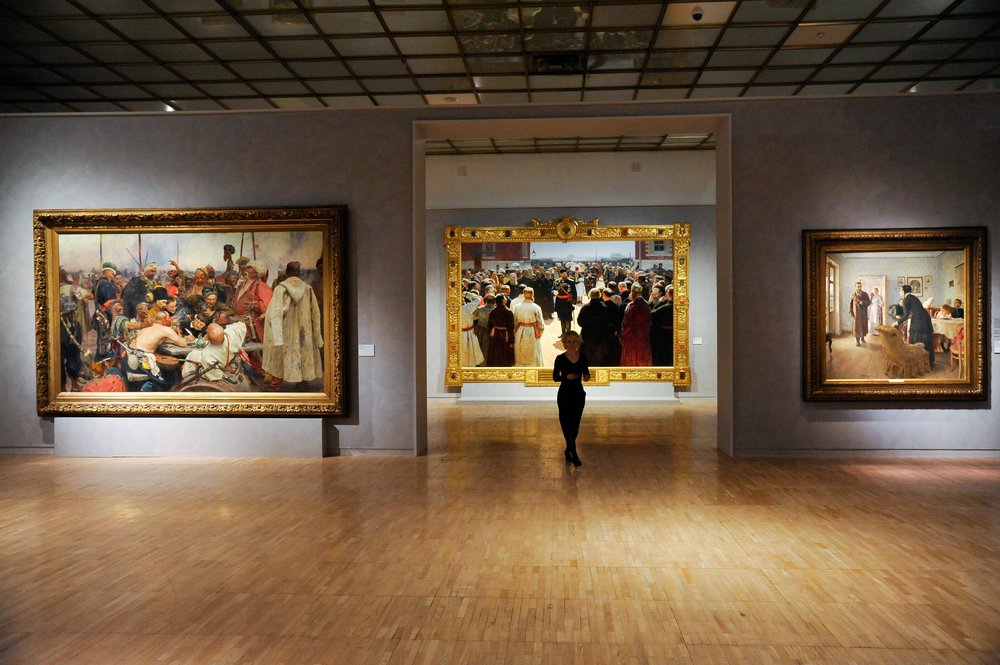
Throughout the summer I questioned whether the study of Shishkin, Savrasov and Levitan was a good topic for research, as I found out that there isn’t much Western style literature on these painters. In general, I noticed that the Russian academic papers tend to focus on unravelling the emotions the artists poured into their work, while the Western ones are more analytical. As I have mentioned in my previous posts, I am glad that I have gained access to the letters written by and to the artists, which helped provide insight into their way of thinking and seeing. I believe that by now, I have a very good grasp of their works and visions, however, one question remains unsatisfied: how are their works relevant to me now?
I realize that this a utilitarian question and it blocks off more existential ones. However, the impact these works had when they were produced cannot be equal to the one they would have now as circumstances have changed. I find looking at creations of the past, and adapting them to the modern times fascinating, as it not only helps me understand the development of social existence, but also the history and the modern trends and needs. I therefore have been motivated to find a connection between the 19th century Russian landscape works and today’s society, which turned out to be as difficult as I imagined it would be. I have tried to connect the works to environmental education and urban anxiety, however, I do acknowledge that my connections were quite superficial. Therefore, the last step for me in my research is to really focus on how these works can be relevant today. To spurr up ideas, I have been looking at some exhibitions organised at the Tretyakov Gallery and other Russian museum exhibits such as the 2018 Vasiliy Vereshagin, the 2019 Ilya Repin, Shishkin brothers and Morozov brothers exhibits, and the current Viktor Vasnetsov exhibits. By looking at the artists’ works, which of them were chosen, how they were presented, and how successful the exhibit was I try to understand not only the modern viewer, but also the curator’s vision for how to intrigue, lure and educate the potential audience. For the Vasiliy Vasnetsov exhibit, for example, the curators embraced his Russian roots and obvious interest in the Russian folklore, turning the exhibit space into a snow wonderland with a bear, the symbol of Russia, laid in the middle. The exhibit serves to remind the visitors of the Russian folklore tradition, extending it to the modern times. So by imagining how I would curate a show for Shishkin, Levitan and Savrasov, I hope to find some of the connections these incredible works have to modern life.

